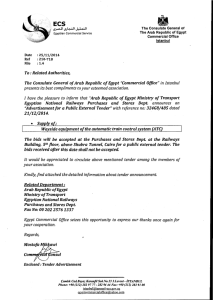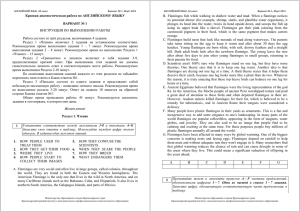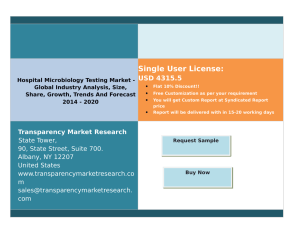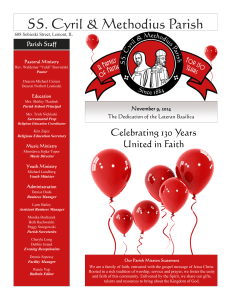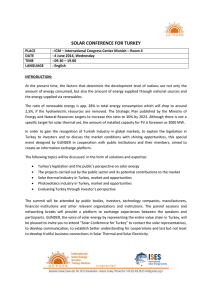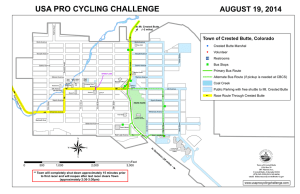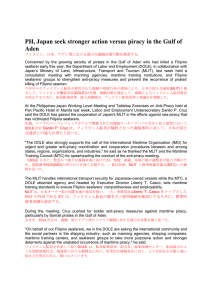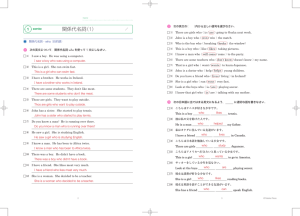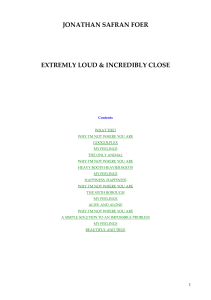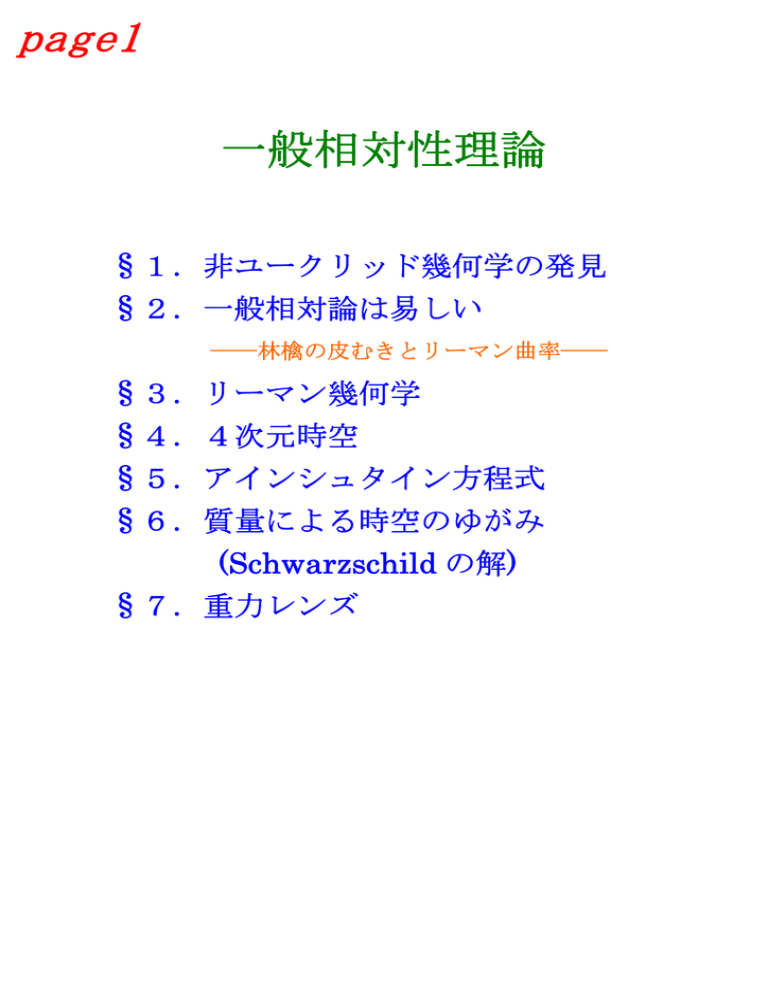
page1
一般相対性理論
§1.非ユークリッド幾何学の発見
§2.一般相対論は易しい
――林檎の皮むきとリーマン曲率――
§3.リーマン幾何学
§4.4次元時空
§5.アインシュタイン方程式
§6.質量による時空のゆがみ
(Schwarzschild の解)
§7.重力レンズ
page2
§1
非ユークリッド幾何学の発見
ユークリッド(330BC?-275BC?)の著した『幾何原本』の第 5
公準はいわゆる平行線公理である。
「平面内の直線の外の一点をとおり、それに交わらない直線
が 1 本だけ存在する」
これによって、3 角形の内角の和が 180°であることを証明で
きる。
近世になって Euclid 幾何学が唯一の幾何学かどうか疑う人々
が出てきた。
page3
ついに 19 世紀初頭になって、
ロシアの
N.L.Robatchevsky
ハンガリーの
Janos Bolyai
の二人が今日、双曲線幾何学とよばれる
非ユークリッド幾何学
を独立に発見した。
page4
page5
3角形の内角の和は双曲幾何学では
180°より小さい。
page6
§2
一般相対論は易しい
―――――リンゴとバナナの皮むき―――――
page7
page8
page9
page10
§3 リーマン幾何学
page11
xy平面内のループ
page12
page13
§4 4次元時空
page14
page15
page16
page17
page18
page19
§6質量による時空のゆがみ
page20
page21
地球表面で成り立つ幾何学
page22
page23
高所ほど時間が早くすすむ
page24
page25
NASA - Gravity Probe Launched
http://www.nasa.gov/missions/highlights/launch_updat...
+ Low Bandwidth
+ Non-Flash Version
+ Contact NASA
+ Home
Gravity Probe Launched
04.20.04
Gravity Probe B was successfully launched on its mission to test
two extraordinary predictions of Albert Einstein's general theory of
relativity.
Image to right: Gravity
Probe B takes to the sky
from Vandenberg Air
Force Base, California.
Credit: NASA
After a 24-hour delay,
Gravity Probe B (GP-B)
was launched Tuesday,
April 20 at 12:57 p.m.
EDT on board a Boeing
Delta II rocket from
Vandenberg Air Force Base, on the central coast of California.
GP-B is among the most thoroughly researched programs ever
undertaken by NASA. GP-B will measure two parts of Einstein's
general theory of relativity by assessing how the presence of Earth
warps space and time, and how Earth's rotation drags space and
time.
Gravity Probe B
Relive the excitement of
launch.
+ View this Video
+ View More Videos
+ View First Attempt
Gravity Probe B
Pre-launch Briefing
Learn more about the GPB
mission.
+ View this Video
+ View Text Page
"The geodetic effect" describes how the presence of Earth changes
space and time. Visually, it is similar to holding a bedsheet by four
corners and placing a basketball in the center. The bedsheet will
slightly wrap around the ball, somewhat similar to the way Earth
warps space and time.
Image right: GP-B is
among the most
researched programs
ever undertaken. Credit:
NASA
Gravity Probe B
Web Photo Gallery
View images of the GPB
spacecraft.
+ Visit the website
GP-B will also measure
the "frame dragging,"
the effect of Earth's
rotation on space and
time. Einstein predicted
that very large objects in
space distort time and space as they spin, like a tornado. Frame
dragging has not been measured because the effect is so small
that technology hasn't yet been able to record it.
The experiment uses three key components: a spinning sphere, a
telescope and a star. Building GP-B required fundamental
breakthroughs in a variety of technologies to ensure this
experiment could be performed.
At the heart of the experiment are four gyroscopes, instruments for
studying the Earth's rotation by means of a freely suspended
flywheel. The gyroscopes for Gravity Probe B are not flywheels but
electrically supported spheres, spinning in a vacuum.
Image to right: Four near perfect
spheres will help to show if the
earth twists time and space.
Credit: NASA
The center of the gyroscope is a
jewel-like sphere of fused quartz.
These spheres, the size of
Ping-Pong balls, are the roundest
objects ever made by man. The
tiny spheres are enclosed inside a
housing chamber to prevent
disruption from sound waves, and
chilled to almost absolute zero to prevent their molecular structure
from creating a disturbance. The accuracy of these gyroscopes is
30 million times greater than any gyroscope ever built.
1/2
2005/05/09 19:09


